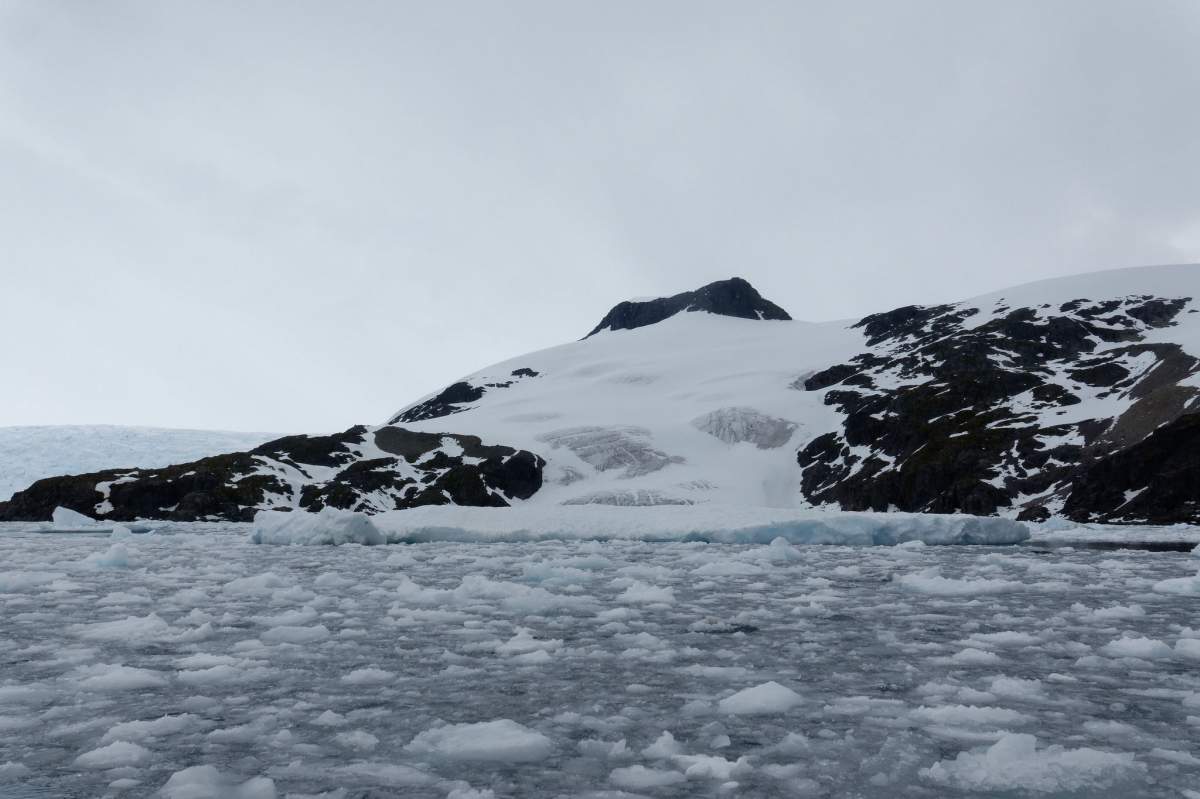
You may have read the title of this episode/article and thought, wow, somebody really made a mistake. Land environments in Antarctica are among the most extreme environments on Earth for life. It's freezing cold, with limited access to carbon, nitrogen, and liquid water. What could live in that?
But Antarctic soils support surprisingly rich microbial communities. There are just as many different kinds of bacterial life in Antarctic soils as in temperate soils, but the microbes that live there are specialized for surviving the extreme conditions, and most may be dormant much of the time.
Photosynthesis
Most ecosystems rely on photosynthesis as their source of energy. This is the process by which green plants and certain bacteria use the sun's energy to create stores of chemical energy and take carbon from the air.
In Antarctica, sunlight is often scarce, and polar winter involves several months of darkness. Along with the problems I already mentioned, even microbes would starve.
This is a problem that bothered microbiologists a lot. But in 2018, a team of Australian researchers found an answer by reconstructing the genomes of twenty-three different species of Antarctic microbes living in very extreme cold environments.
Delicious Air
Their analysis showed that the bacteria make special enzymes and suggested an exciting possibility. The bacteria can scavenge hydrogen and carbon monoxide from the air and use them as sources of energy and carbon. Or to be exact: the bacteria eat air!
And, this finding may help researchers look for life on Mars.
Thank you to Marina Lotti, State University of Milano Bicocca, Milano, Italy for reviewing this episode's script!
Sources And Further Reading:
- Ferrari, Belinda. "Living on air: The hidden energy sources of Antarctic microbes." Nature: Microbiology. December 6, 2017. Accessed June 19, 2018.
- Fleischfresser, Stephen. "Air-eating bacteria found in Antarctica." Cosmos: The Science of Everything. December 7, 2017. Accessed June 19, 2018.
- Mukan Ji, et al. 2018. Atmospheric trace gases support primary production in Antarctic desert surface soil. Nature, 552:400-403.
- Pappas, Stephanie. "Antarctic Microbes Can Survive on Air Alone." LiveScience. December 14, 2017. Accessed June 19, 2018.
- University of New South Wales. "LIVING ON THIN AIR – MICROBE MYSTERY SOLVED." Astrobiology Magazine. December 10, 2017. Accessed June 19, 2018.









